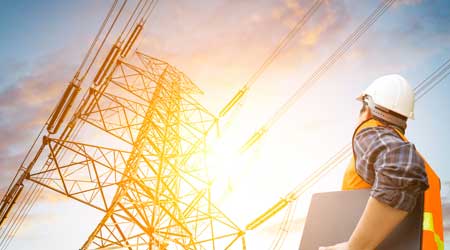
Wildfires, Rolling Blackouts and the Impact on Facilities
September 21, 2020
The wildfires punishing California, Washington and Oregon offer grim reminders of the role emergency preparedness can play in helping institutional and commercial facilities respond to and recover from natural disasters and other crises. The fires also are prompting facilities and utilities to face difficult questions about the vulnerability and reliability of electrical grids and power supplies – and the alternatives.
Dozens of fires have led PG&E Corp. in California to take drastic measures, according to Bloomberg. The utility has switched off power to half a million people to prevent more blazes. California’s utilities have resorted to shutting down power lines in advance of high winds to prevent sparks from igniting fires. The practice is now spreading to other states, with Portland General Electric Co. blacking out 5,000 homes and businesses as the same wind storm also raked California’s battered neighbor Oregon.
The blackouts point to an important reality, according to Marketplace: The entire country has an old electric grid. California's infrastructure was built in the 1960s and ’70s. Investments in grids were already falling, and COVID-19 has slowed down upgrades even further. Mark Dyson, a principal with the Electricity Practice at Rocky Mountain Institute, says blackouts people experience are due to a lot of things going wrong all at once. “It’s very hot in the state, leading to near record levels of electricity demand,” Dyson said. The current grid was designed and built a long time ago, before climate change accelerated energy demand and wind and solar power were a main part of the energy mix.
The crisis is shining a spotlight on grid alternatives.
As the recent heat wave slammed California, state regulators sent an email to a group of energy executives pleading for help. “Please consider this an urgent inquiry on behalf of the state,” the message said, as reported by The New York Times. The manager of the state’s grid was struggling to increase the supply of electricity because power plants had unexpectedly shut down, and demand was surging. The imbalance forced officials to order rolling blackouts for the first time in nearly two decades.
What was unusual about the emails was whom they were sent to: people who managed thousands of batteries installed at utilities, businesses, government facilities and even homes. California officials were seeking the energy stored in those machines to help bail out a poorly managed grid and reduce the need for blackouts.
Dan Hounsell is editor of Facility Maintenance Decisions.
Next
Read next on FacilitiesNet












